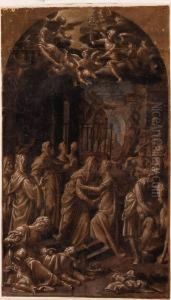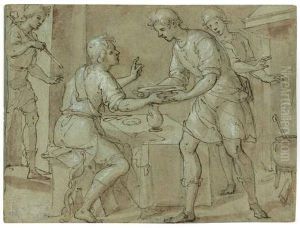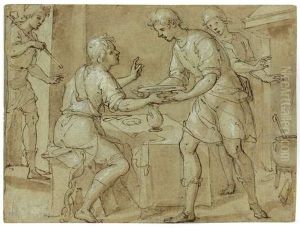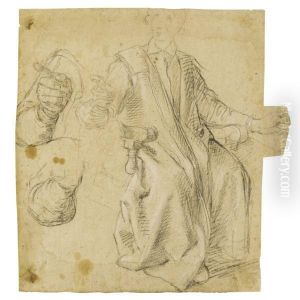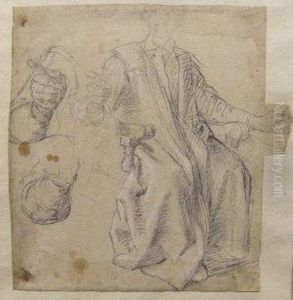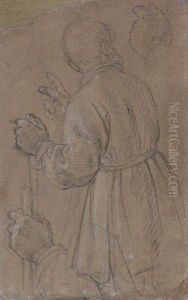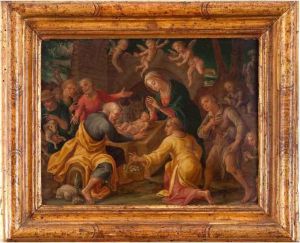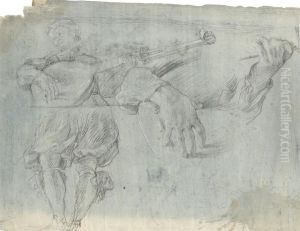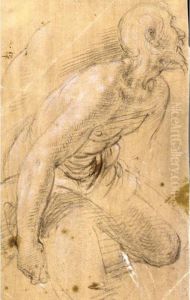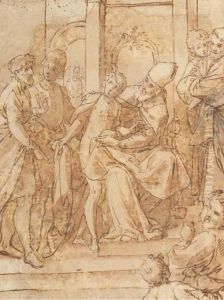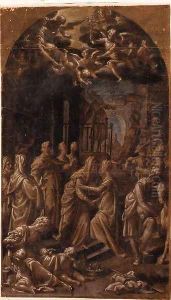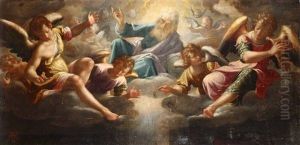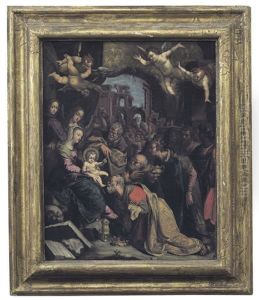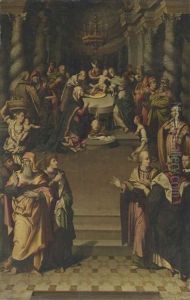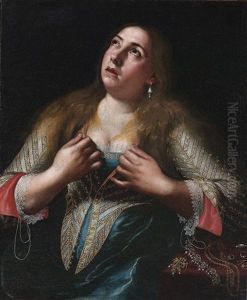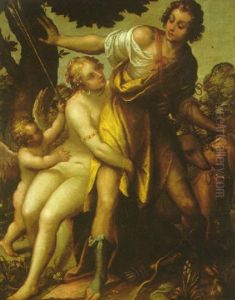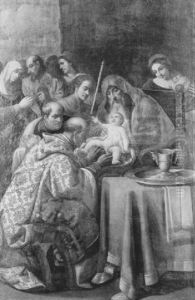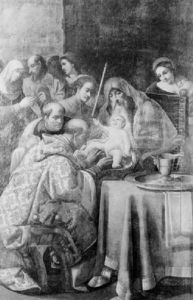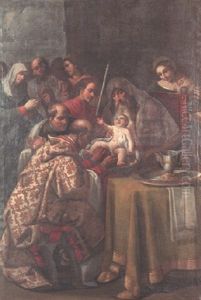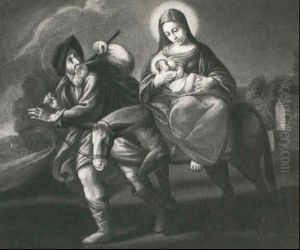Aurelio Lomi Paintings
Aurelio Lomi was an Italian painter of the late Renaissance period, active mainly in his native city of Pisa and later in Genoa. Born in 1556 in Pisa, Lomi was part of a family that was deeply involved in the arts; his brother, Orazio Lomi Gentileschi, was also a painter, and his niece, Artemisia Gentileschi, would become one of the most celebrated female painters of the Baroque era. Aurelio Lomi's early training is not well-documented, but it is believed that he initially studied under his father, and possibly under other local artists in Pisa.
Lomi's work is characterized by its strong, vivid colors and a particular attention to detail, traits that he honed throughout his career. He was influenced by the Mannerist style, which was prevalent during his early years, but his work also shows the transition to the more naturalistic styles that would dominate the Baroque period. One of his most notable contributions to the art world was his role in the development of Quadratura, a technique involving the painting of architectural features in such a way that they appear to extend real architecture into an imaginary space. This technique became a hallmark of Baroque interior decoration.
In 1589, Lomi moved to Genoa, where he became a leading figure in the city's artistic community. His time in Genoa was marked by significant commissions for churches and for the Genoese nobility, including works for the Palazzo Spinola and the church of San Matteo. Lomi's ability to blend the dramatic intensity of Mannerism with the emerging Baroque sensibility made his work highly sought after.
Despite his success, little is known about Lomi's personal life. He returned to Pisa later in his career, where he continued to work until his death in 1622. Today, Lomi's legacy is somewhat overshadowed by that of his more famous relatives, but his contributions to the transition between the Renaissance and Baroque periods, especially in the realm of decorative painting, remain significant. His works can still be seen in various churches and museums in Pisa and Genoa, serving as a testament to his skill and artistic vision.
